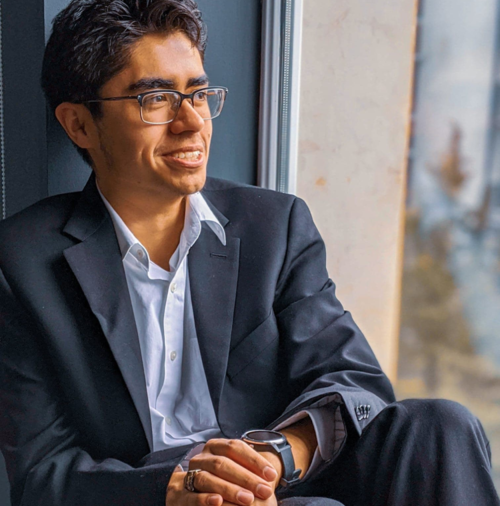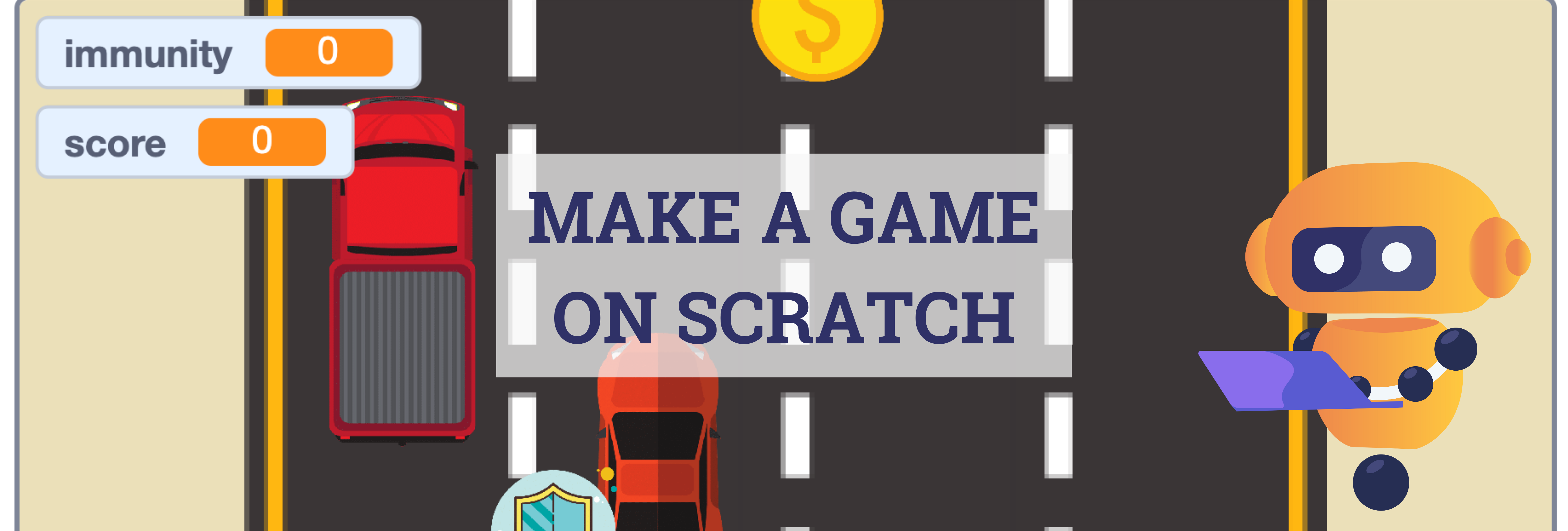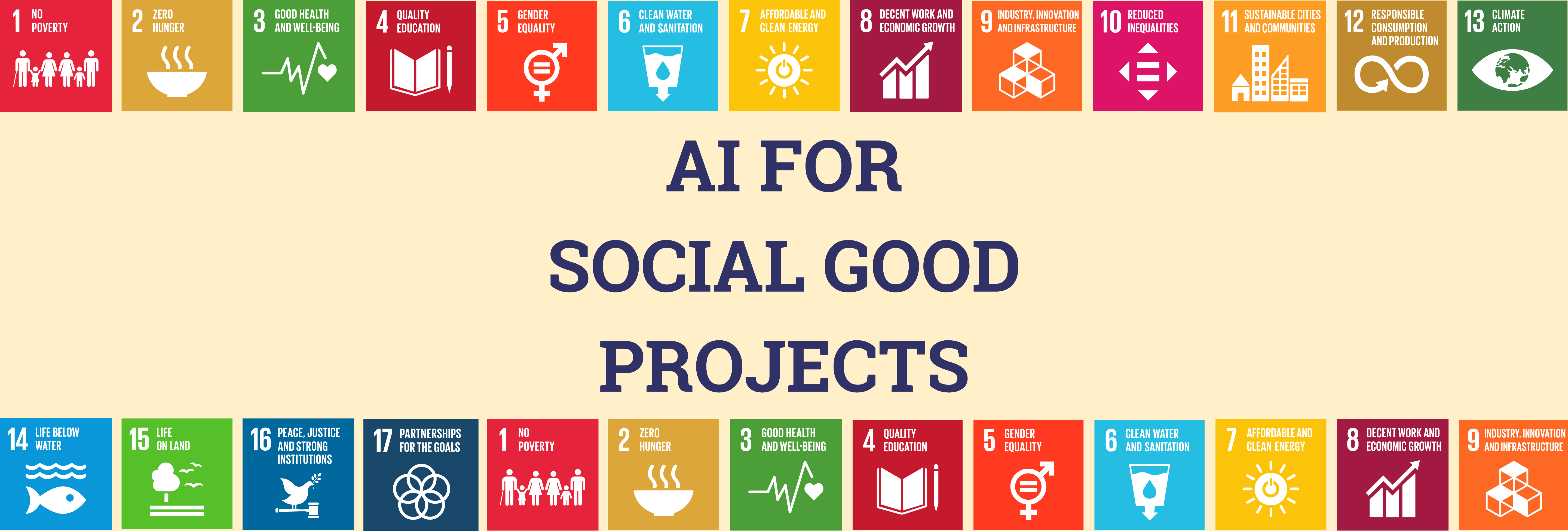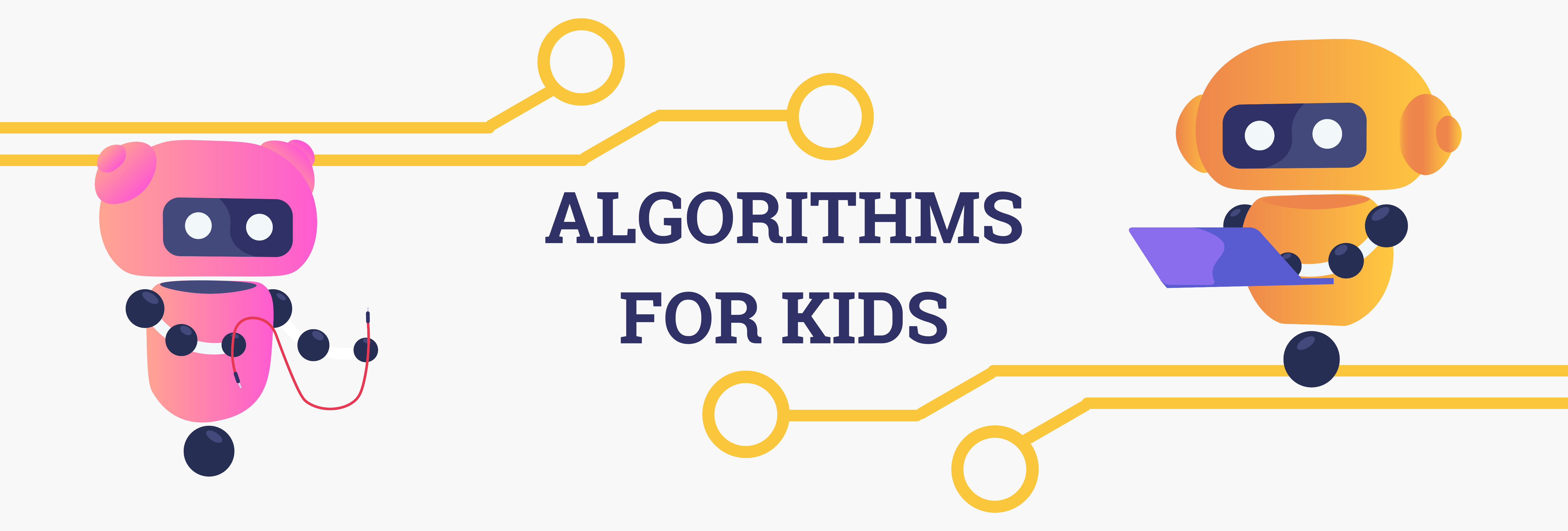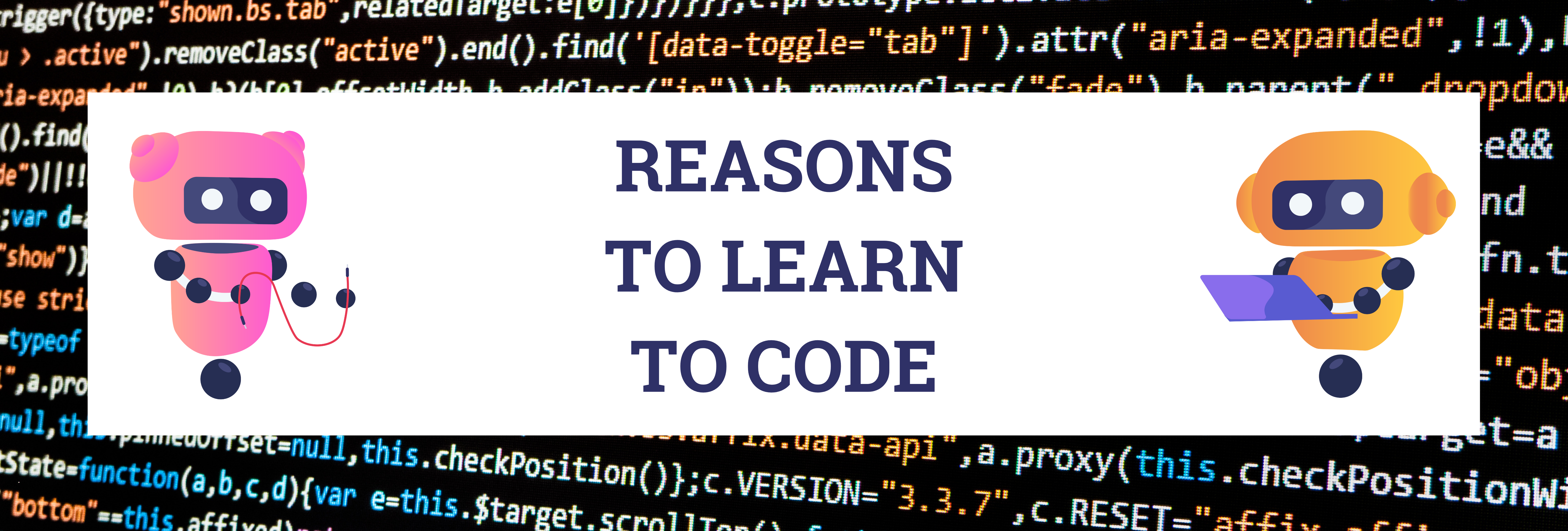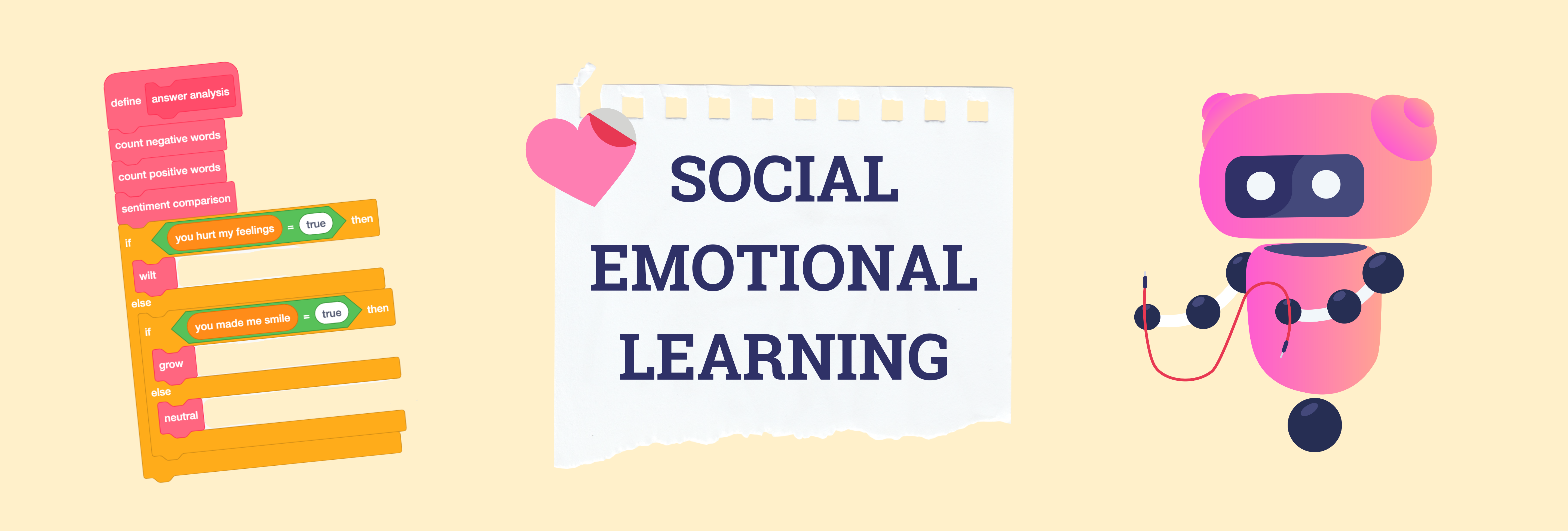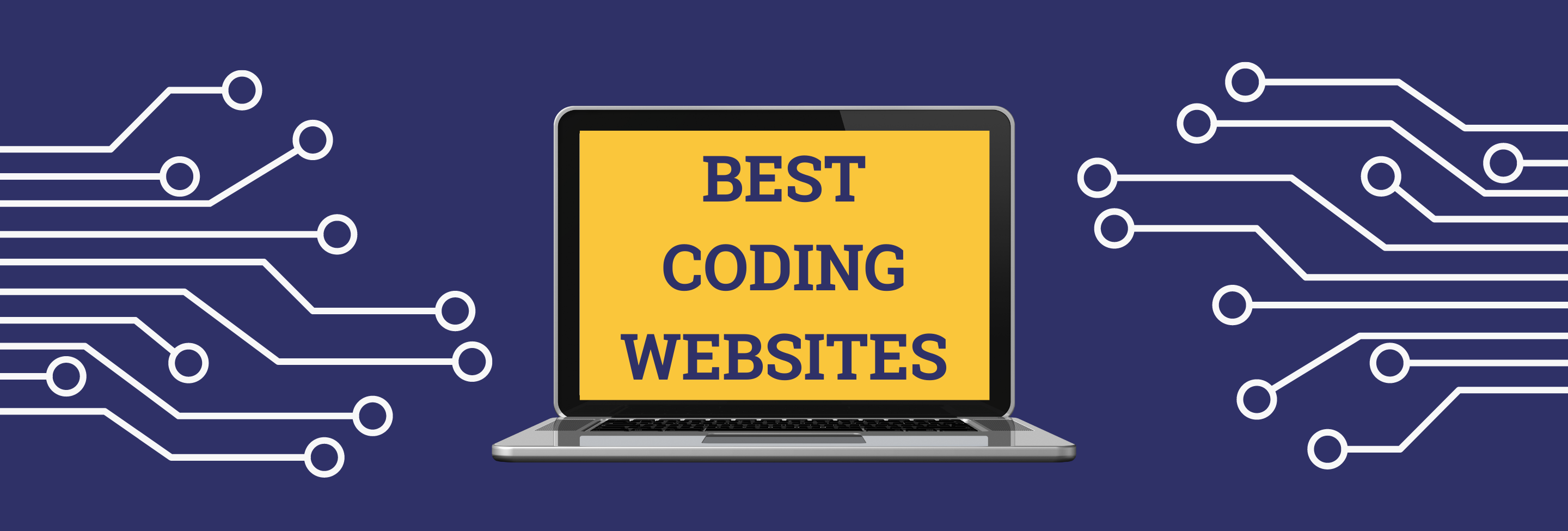How Artificial Intelligence Made Netflix What It Is Today & How It Can Make the World a Better Place Tomorrow

Many students can admit to spending more than one night binge-watching an entire season of a tv show on Netflix at some point. It’s no coincidence that people spend countless hours watching series that Netflix suggests to them. Behind the grid of Netflix recommendations, there is a great deal of machine learning and other computer science tricks. Netflix utilizes colossal, constantly changing databases to fuel the algorithms that deliver personalized recommendations to their customers. Beyond suggesting existing shows and movies, the company uses analytics to make informed decisions about what content to invest in.
Netflix would not be the service we know and love without their use of data collection and machine learning.
Netflix employs computer science to tailor their service to each of their 182 million subscribers. When a user opens the homepage of Netflix, the tv series and movies that are displayed are based on a computer program that utilizes a sorting algorithm to arrange content by relevance to your preferences. The baseline for these rankings is popularity, however, the challenge is utilizing popularity while also delivering personalization. If recommendations were based purely on popularity, then every member would receive the same ranking. A simplified version of this ranking function looks like: (some # x popularity) + (some other # x predicted user rating) + a bias constant.

Using this simplified linear explanation, it evident how Netflix can approach sorting its massive database of video content into a customized home screen.
Every action on Netflix is recorded and stored as data that is then used to improve the strength of their recommendations and enhance the user experience.
For example, Netflix has access to billions of member ratings, information about the duration of stream plays, search terms, and metadata including actors, directors, reviews, etc. With this massive quantity and array of data, Netflix can then use machine learning approaches to model selection, training, and testing. This data-driven organization has lead to Netflix’s ‘Consumer Data Science’ approach to innovation. Relying heavily on consumer data points, and computer algorithms, Netflix turns computer science into a new science in and of itself.
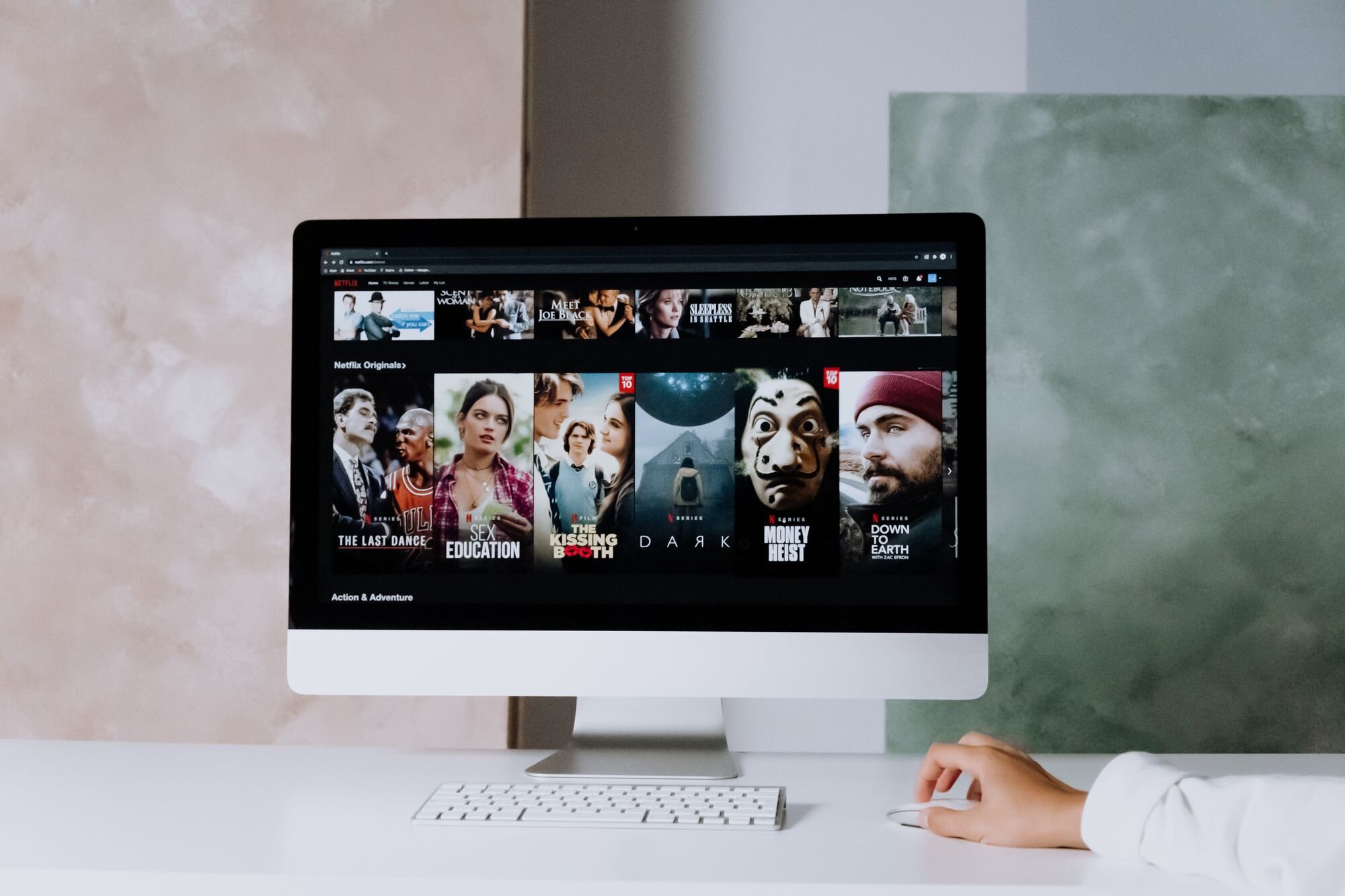
AI POWERS FINANCING & STRATEGY DECISIONS
Not only does having access to this expansive database allow Netflix to give better recommendations, but it also contributes to the company’s decisions regarding what content to invest in. For example, Netflix decided to greenlight House of Cards because they had access to data detailing how many users watched similar movies from beginning to end, the British version of the show, or other Kevin Spacey films.
Given this data, Netflix knew that House of Cards would most likely be a success. This kind of assurance is invaluable to a company, especially when dealing with the massive investments involved in producing a series.
AI INFLUENCES MARKETING & ADVERTISING
Once Netflix had secured House of Cards, promoting the show became another obstacle, tackled with the help of ‘consumer data science’. Using data about viewers’ previous behavior, Netflix created ten different trailers that could appeal to a variety of audiences. For example, users who tended to watch a lot of content starring female actors saw a trailer featuring the show’s female characters. This technique encourages a wider audience for their programs.
Using data about viewers’ previous behavior, Netflix created ten different trailers that could appeal to a variety of audiences.
Most conventional television networks renew shows at a rate of thirty-five percent. However, Netflix is able to renew shows at a rate of seventy percent by utilizing consumer data and innovative marketing based on the data. Netflix again proves how employing computer science allows them to prevail as the leading online streaming service.

LIMITATIONS TO AI AT NETFLIX
Although a seventy percent success rate is incredible, that also means thirty percent of shows are canceled. Consumer data science is not an exact science. Netflix’s massive database and intricate computer programs can only go so far. Some people may have preferences that are completely unpredictable by a computer. What if you like to watch comedies, dramas, horror films, and documentaries, all in the same night? There are obvious limitations to Netflix’s recommendation algorithms. However, that is not to say that the algorithms are not extremely effective and beneficial.
The use of computer science has allowed Netflix to create a service that can be tailored to individual consumer experience. This idea of personalized service can be applied to several sectors in business and society. Netflix uses machine learning to suggest movies to watch, but there are countless applications for similar technology in healthcare, criminal justice, sustainability, finance, and much more.
SOCIAL GOOD
If Artificial Intelligence has had this degree of impact on our lives through the lens of television and movies, imagine the impact it could have when effectively applied to industries like healthcare, agriculture, transportation, environmental science, etc. The technology exists, but we need passionate change-makers across all industries with an understanding of AI, its applications and capabilities, to make it happen.
It takes more than skilled software engineers to effectively leverage the capabilities of AI for social good. We need visionaries with diverse backgrounds and domains of expertise to lead the charge and provide the roadmap for engineers to follow. This is why it is so important for high school students to have access to tech education, especially around AI, regardless of their career aspirations.
INSPIRIT AI
For high school students interested in learning more about artificial intelligence, Inspirit AI offers 10-week pre-college enrichment programs instructed by Stanford Ph.D. and Masters students researching AI applications across fields such as neuroscience and biotechnology.
Works Consulted:
Amatriain, Xavier, and Justin Basilico. “Netflix Recommendations: Beyond the 5 stars (Part 2).”
Medium. June 20, 2012. Accessed May 04, 2017.
Bulygo, Ach. “Kissmetrics Blog.” How Netflix Uses Analytics To Select Movies, Create Content, & Make Multimillion Dollar Decisions. Accessed May 04, 2017.


